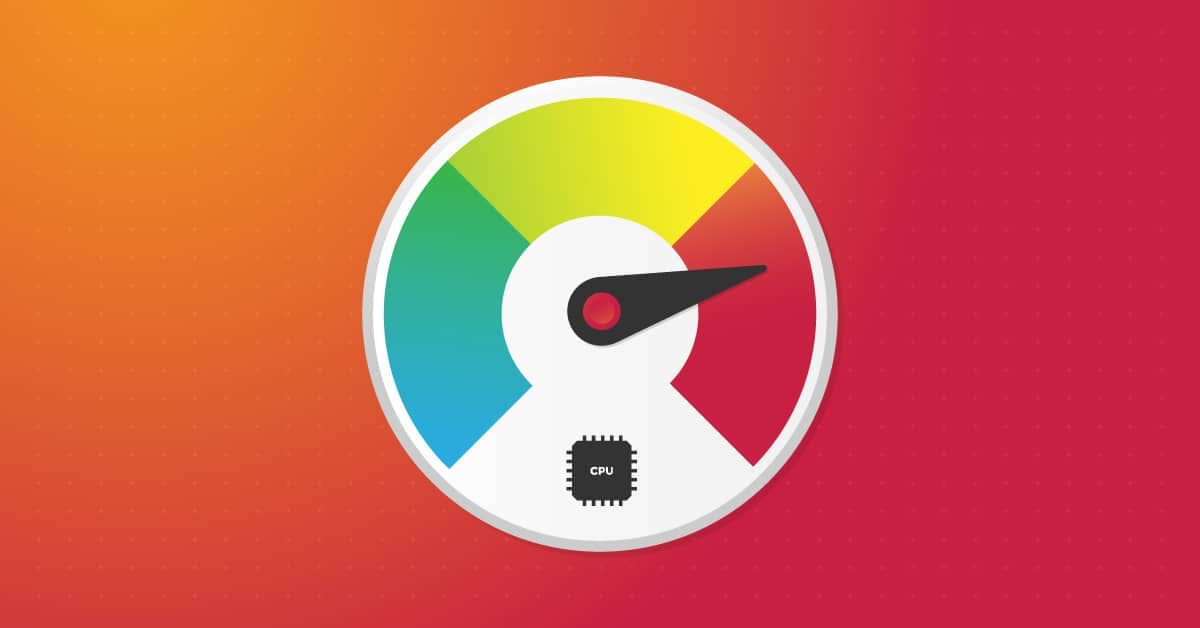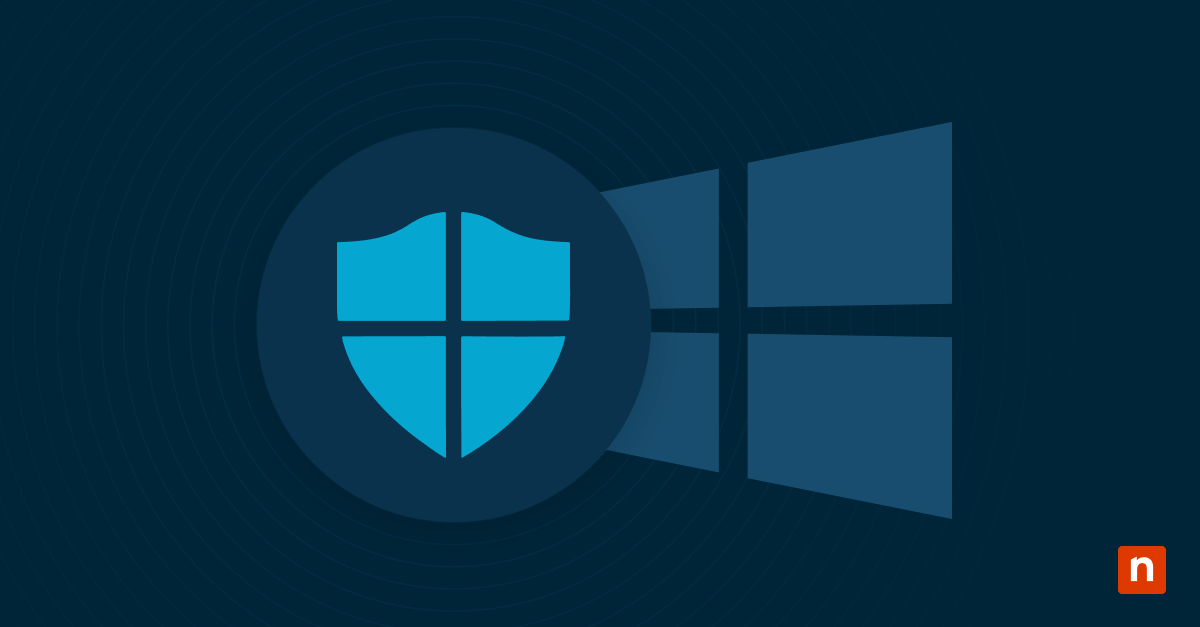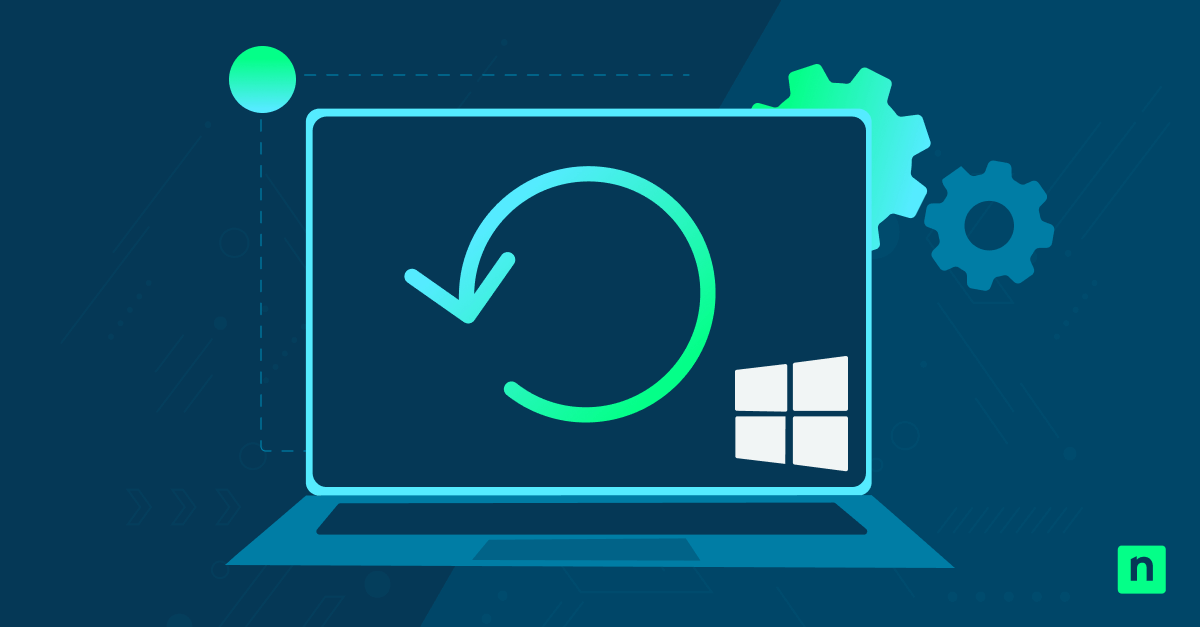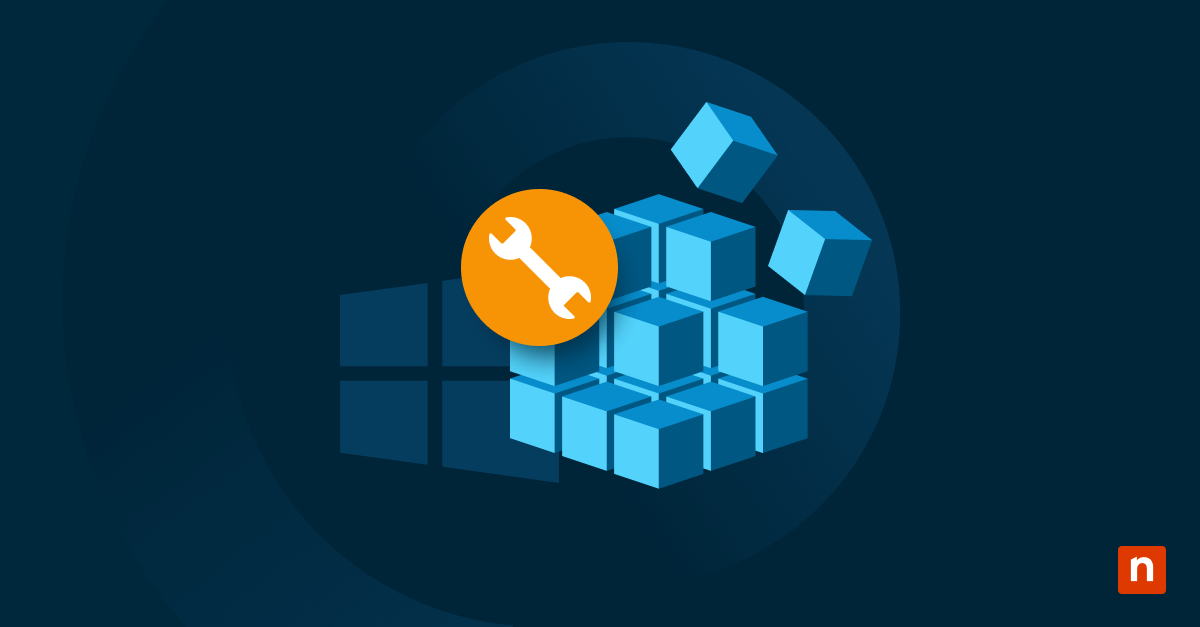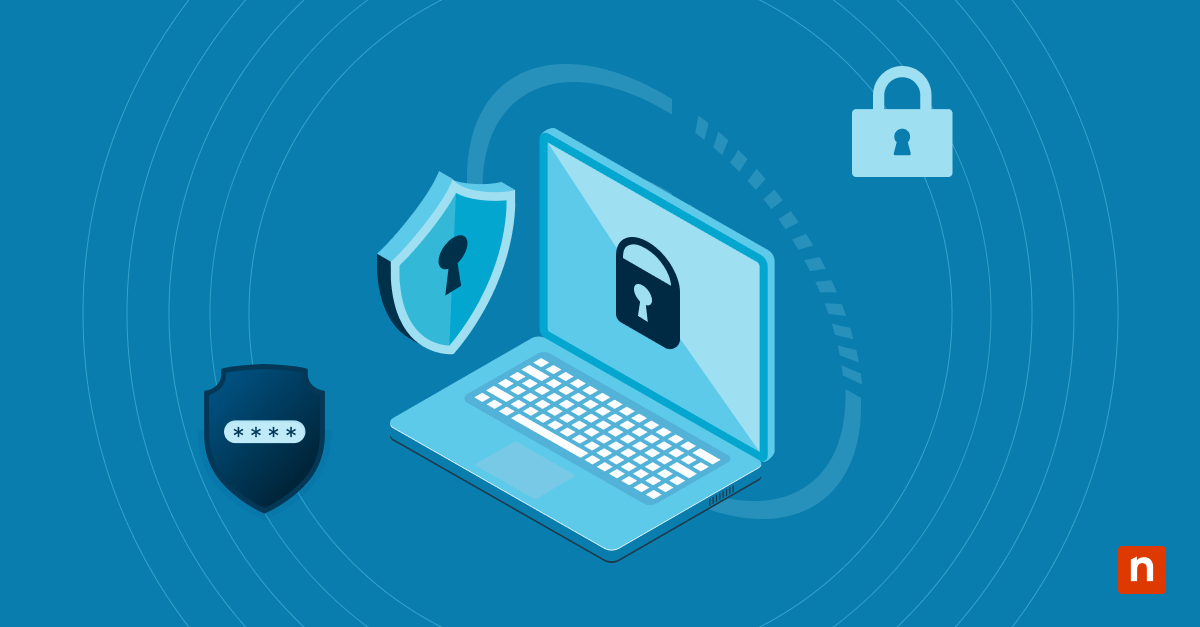Embracing sustainable IT practices is not just a trend but a necessity for businesses aiming to meet regulatory requirements, improve their corporate social responsibility (CSR) profile, and achieve long-term cost savings. These practices encompass a wide range of actions, from choosing energy-efficient devices to properly disposing of outdated equipment.
Sustainable IT practices overview
Sustainable IT practices involve adopting strategies and actions that minimize the environmental impact of your IT operations. These practices extend beyond just reducing energy consumption — they encompass responsible asset disposal, optimizing device energy efficiency and implementing policies that support a greener IT environment. By integrating these practices, your organization not only contributes to environmental preservation but also enhances its reputation and potentially reduces operational costs.
It’s not only necessary for large corporations to embrace sustainable IT. Small and medium-sized businesses can also benefit from adopting these practices. Whether you are a startup or an established enterprise, the principles of sustainable IT can be tailored to fit your specific needs and goals. The key is to start with a commitment to sustainability and build from there, gradually implementing changes that lead to a more environmentally friendly IT infrastructure.
Best practices for recycling of IT assets
When it comes to responsible asset disposal, it’s important to follow methods that make certain your IT assets are handled with care. Below are some best practices to guide you in this process:
Recycling IT assets
Recycling IT assets not only reduces waste but also offers significant benefits to your organization. It helps reclaim valuable metals and components that can be reused in manufacturing new devices, reducing the need for raw material extraction.
Additionally, recycling reduces the burden on landfills, preventing harmful substances from contaminating soil and water. Here are some asset recycling methods to consider:
- Trade-in programs: Exchange old equipment for credit toward new purchases.
- Donation: Give functional equipment to schools, non-profits or other needy organizations.
- Certified e-waste recycling: Partner with certified recyclers to safely dismantle and recycle electronic components.
- Refurbishment: Restore outdated equipment for reuse within your organization or for resale.
- Asset resale: Sell functioning IT assets to third parties or through specialized marketplaces.
- Parts harvesting: Extract valuable components for reuse in other devices or for spare parts.
Partnering with certified installers
Working with certified installers ensures that your IT equipment is disposed of or repurposed in a way that meets all regulatory and environmental standards. These installers are trained to manage the end-of-life process for IT assets, including secure data destruction, component recycling and safe disposal of hazardous materials. By partnering with them, you can rest assured that your organization is contributing to sustainability goals while staying compliant with legal requirements.
Data sanitization methods
Before disposing of IT assets, all data must be securely erased to protect your organization’s sensitive information and prevent data breaches. Implementing data sanitization techniques is especially important for industries with strict data privacy regulations, such as healthcare and finance.
By carefully selecting the right data sanitization methods, you can reduce the risk of costly breaches and safely recycle or repurpose your devices. Here are some data sanitization methods to consider:
- Degaussing: Uses a powerful magnetic field to erase data from magnetic storage media like hard drives.
- Overwriting: Writes new data over existing data, making it unrecoverable.
- Physical destruction: Physically destroys storage media (e.g., shredding or crushing) to make sure data cannot be recovered.
Reducing your IT carbon footprint
Reducing your IT carbon footprint is another vital aspect of sustainable IT practices. This includes implementing policies and technologies that reduce the overall energy consumption of your IT operations and mitigate their impact on the environment.
Implementing green policies
One of the first steps in reducing your IT carbon footprint is to establish green policies within your organization. These policies should include guidelines for energy-efficient device usage, promoting remote work to decrease travel-related emissions and encouraging the use of cloud services, which typically have a lower IT carbon footprint compared to traditional data centers. By adopting green policies, you create a framework that supports sustainability at every level of your IT operations.
Measuring and tracking carbon impact
To effectively reduce your IT carbon footprint, it’s essential to measure and track your carbon impact regularly. This can be done using carbon footprint calculators and monitoring tools that provide insights into your energy usage and greenhouse gas emissions. By tracking the following metrics, you can identify areas for improvement and implement strategies to reduce your carbon footprint over time:
- Set specific goals for reducing your IT carbon footprint.
- Monitor your progress toward achieving these goals.
- Establish targets for reducing energy consumption.
- Increase the use of renewable energy sources.
- Improve the efficiency of your IT operations.
- Align sustainability efforts with your organization’s overall objectives.
Device energy efficiency
Improving device energy efficiency is a straightforward way to reduce your IT carbon footprint. This includes selecting energy-efficient hardware, optimizing device settings for low power consumption and utilizing energy-saving features like sleep mode. Additionally, consider extending the lifespan of your devices through regular maintenance and updates, which can further reduce the need for new equipment and the associated environmental impact.
Case study of sustainable IT practices
The partnership between ESG and NinjaOne has been a driving force in advancing sustainable IT practices within ESG’s operations. By leveraging NinjaOne’s comprehensive IT management platform, ESG has been able to significantly reduce its environmental impact while maintaining high levels of efficiency and security.
NinjaOne’s cloud-native solutions have enabled ESG to manage its hybrid workforce with full visibility, guaranteeing that devices are optimized for energy efficiency and properly maintained, thus extending their lifecycle and reducing electronic waste.
Moreover, ESG’s commitment to sustainability is further supported by NinjaOne’s capabilities in remote monitoring and patch management, which allow for the seamless deployment of updates without the need for physical interventions. This not only reduces the carbon footprint associated with on-site IT management but also keeps ESG’s IT operations secure and compliant with industry standards. Through this partnership, ESG and NinjaOne demonstrate how technology can be harnessed to achieve both business and environmental goals, setting a benchmark for sustainable IT practices in the industry.
Integrating sustainable IT practices in your organization
Integrating sustainable IT practices into your organization requires a strategic approach that involves both policy development and practical implementation. Start by assessing your current IT operations and identifying areas where sustainability can be improved. This might include transitioning to energy-efficient devices, establishing a formal recycling program and implementing green policies that encourage responsible IT usage.
Education and awareness are also key. Keep your team informed about the importance of sustainable IT practices and train them on how to implement them in their daily work. Regularly review and update your policies to reflect new technologies and best practices in sustainability. By taking these steps, your organization can not only reduce its environmental impact but also position itself as a leader in corporate sustainability.
To take your IT sustainability efforts to the next level, explore how leading organizations like ESG Global have successfully implemented sustainable IT practices. By adopting effective data sanitization methods, you can protect your sensitive information and contribute to a greener environment. Ready to make a change? Contact NinjaOne to learn more.


